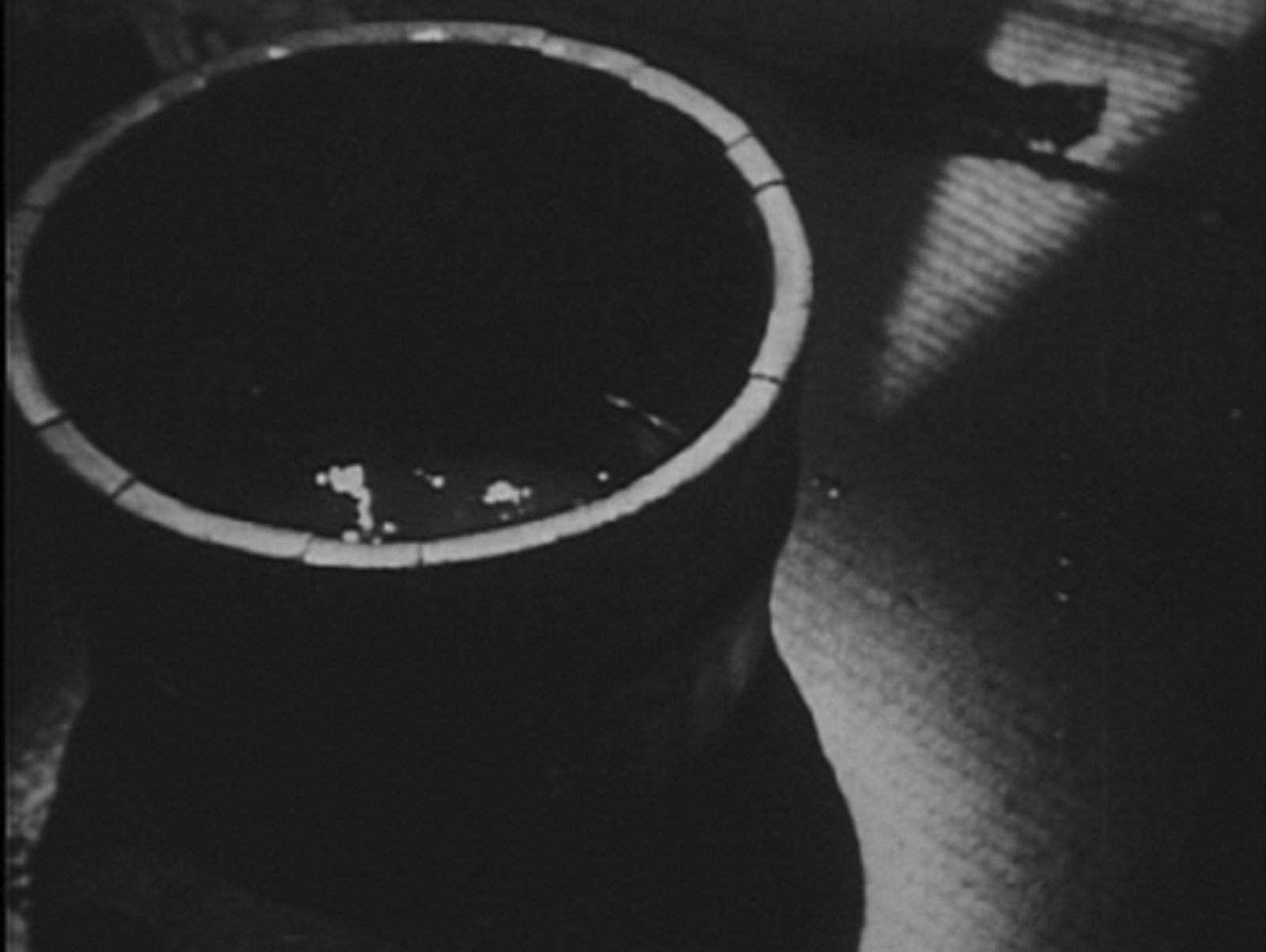
One of the recent releases from Criterion Collection is “The Only Son/There Was a Father: Two Films by Yasujiro Ozu”, two of the Ozu films rarely seen by western audiences. “There was a Father” was released during the Pacific War, and whenever this film is discussed, its aspect as a war time propaganda is always a topic. There is a very good essay on the film by Tony Ryans, which discusses the ambiguity of the message in the film.
It may seem strange by today’s standards, but this film was a propaganda. Office of Intelligence awarded this film as “People’s Cinema”, the highest award given to cinema in Japan at the time. Another film awarded the same year was “General, Staff and Soldier (1942)” (将軍と参謀と兵, Shogun to Sambo to Hei). Tsumasaburo Bando starred in this film as the General commanding the fierce battle in China (Strangely, this film is not listed in imdb).
Judging from the reviews about this DVD (here and many others), the print Criterion used is the 16mm reduction print (National Film Center print) made after the war. Audio quality of this notorious print is horrible, and it is said that there was a spec of dust stuck on the machine during the reduction process. For a long time, NFC print was the only available print of this film, but another print surfaced after collapse of Soviet Union. After the war, Soviet Army confiscated many cultural artifacts in Manchuria, and brought them back to Moscow. As a result, Gosfilmofond (I don’t read Russian, but this seems to be its web site) had a large collection of Japanese pre-war and war-time films, which were rediscovered during 90s. One of the films discovered was “There was a Father”. It is a 35mm print, 15 minutes shorter than the NFC print, with the better audio track. It also contains the footage not available on NFC print, since Occupation Army in Japan made the cuts. (In his book, Ryu mentions his singing scene being cut.)

There will be a screening of this Gosfilmofond print at MOMAT National Film Center (Tokyo) in August.
